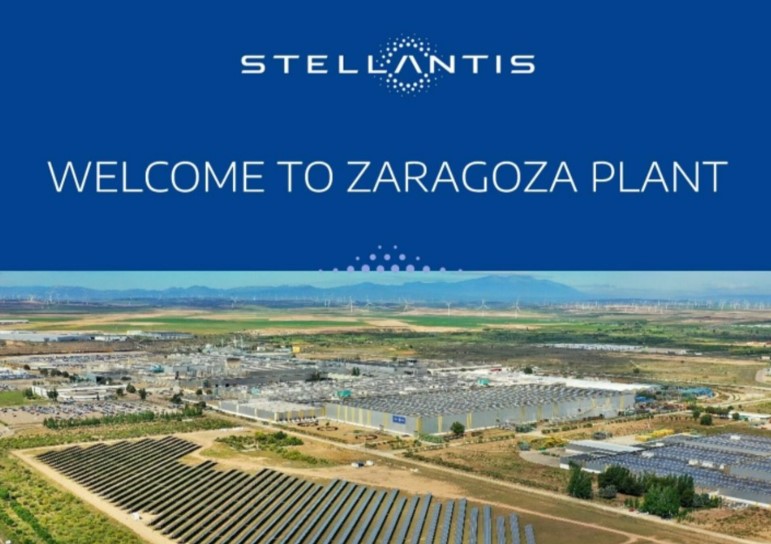The largest planned Gigafactory in Spain, a joint venture between the automotive group Stellantis and the Chinese battery manufacturer CATL, is preparing for the arrival of over 1,500 highly skilled workers from China. The lithium iron phosphate battery factory, which is being built in Figueruelas, Zaragoza, represents an investment of 4.1 billion euros and is expected to create a total of 3,000 jobs.
Chinese Expertise Ensures Production Launch
Between 2025 and 2026, the arrival of more than 1,500 Chinese workers is expected in the Aragonese areas of Figueruelas. These specialists are crucial for the construction and commissioning of the project. Production is expected to start by the end of next year. A further contingent is planned for 2027 to reach the Gigafactory’s full capacity in 2028.
In the initial phase of the facility, specialized personnel will be sent directly from CATL’s Chinese plants. Specifically, “Diario de Aragón” reports the staggered arrival of 1,847 highly qualified workers, including engineers, technicians, and operators, most of whom belong to the CATL workforce. Employees of subcontractors, already selected in China, will also be included. Their integration is crucial for the commissioning of the industrial processes of this state-of-the-art electric battery factory. This megaproject is being built on 80 hectares of land right next to the existing Stellantis plant.
Success Strategy from Germany and Hungary
The strategy of exporting machinery, equipment, and working methods from China and employing a highly specialized workforce has already proven successful in other CATL plants in Erfurt (Germany) and Debrecen (Hungary). This approach is necessary to effectively utilize advanced battery technology. However, “El periódico de Aragón” emphasizes that Stellantis has assured that, over time, local workers will also gain weight in the workforce once they are trained in this highly specialized work.
Phased Construction of the Gigafactory
The construction of the Gigafactory is divided into several phases:
- Phase 0 (June 2025): Start of preliminary work such as earthworks, foundations, and precast elements for Cell 1 buildings.
- Phase 1: Equipping and commissioning of the plant for the production of battery cells and modules.
- Phase 2: Increase in production capacity through the installation of two new cell lines.
- Phase 3: Construction of the 2-cell plant and module building, as well as an increase in overall capacity for battery manufacturing, including modules and cells.
In the final phase, by March 2028, the Gigafactory is expected to be fully operational after all construction phases have been completed and commissioned.
Challenges in Working Conditions and Accommodation
The arrival of such a large number of international workers brings challenges, particularly regarding accommodation and labor law and legal protection. Although some details still need to be clarified, it is known that Chinese workers discharged in Spain will be exempt from contributory pensions (with the exception of occupational accidents and diseases) and unemployment benefits, as reported by “El Periódico de Aragón.”
The mayor of Figueruelas, Luis Bertol Moreno, told “El Faro de Vigo” that prefabricated houses and mobile homes are being considered to accommodate the incoming Chinese workers. The local press indicates that in principle, five towns could accommodate the population displaced from the Asian giant: Figueruelas, Pedrola, Grisén, Bárboles, and Alagón. However, the exact details of the conditions for these new workers are still being negotiated.




